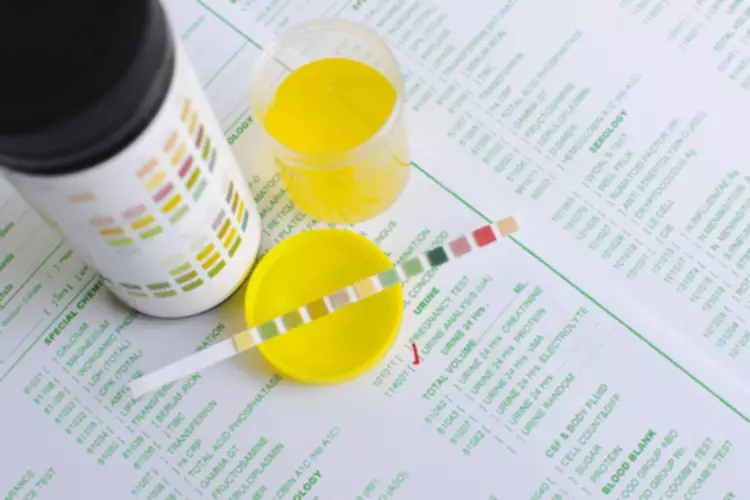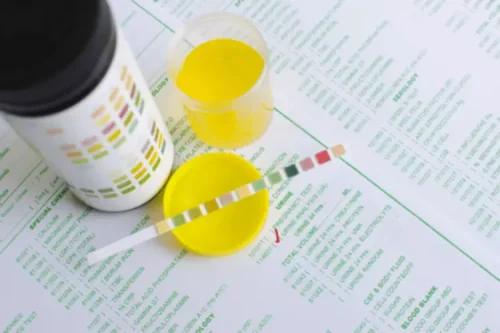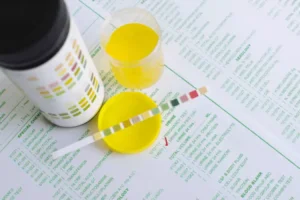Pathways enriched at higher levels included ‘Zeatin biosynthesis’ (ko00908), ‘Anthocyanin biosynthesis’ (ko00942), and ‘Taurine and hypotaurine metabolism’ (ko00430), with 18, 6, and 5 DEGs, respectively. In the Y425LL vs. Y2LL comparison group, 1,655 DEGs were mapped to the KEGG database, representing 63.33% of the DEGs in this group. Interestingly, among the top 20 pathways, only one, ‘Circadian rhythm-plant’ (ko04712), was shared across all four comparison groups. This finding underscores its potential role as a common regulatory mechanism in pepper’s response to LL stress. Combined stresses often have synergistic effects on plants, with simultaneous exposure to multiple stresses causing significantly greater damage compared to what is low tolerance weed individual stresses.
Step 3: Experiment with Different Strains
CBD won’t give you a “high,” but it does seem to have several potential health benefits, such as reducing pain and inflammation. It doesn’t seem to lead to depletion of CB1 receptors, meaning it doesn’t cause you to develop tolerance the way THC does. If you’re using cannabis for medical reasons, taking a T break might not be feasible. This means the same amount of THC won’t affect the CB1 receptors in the same way, resulting in reduced effects. In other words, you need to ingest more to get the same effects you once did. This can be particularly problematic if you’re using cannabis for medical reasons.
✔ Try Consuming Different Kinds of Cannabis Products
A low weed tolerance could be due to infrequent use, genetic predisposition, or being new to cannabis consumption. Other factors, such as a lower body weight or a highly sensitive endocannabinoid system, can also contribute to a low tolerance. In these cases, even small amounts of marijuana can produce strong effects. The intensity of your high is determined by various factors, including the dose of marijuana consumed, the method of consumption (smoking, vaping, edibles), and the strain’s cannabinoid profile. Individual factors such as your endocannabinoid system, tolerance, and current mood and environment also play significant roles. Recent research suggests that terpenes, the aromatic compounds in cannabis, can also influence the nature and intensity of the high.
- If you’re looking to ease symptoms of a medical condition during your break, CBD may be a helpful alternative.
- Ultimately, you do not have to be so rigid that you cannot adjust your tolerance break as you go.
- Factors such as the specific strain of cannabis, the method of consumption, and your current mental and physical state can also influence how high you get.
KEGG pathway enrichment analysis of DEGs
In summary, the present study revealed the physiological and Twelve-step program molecular mechanisms under LL stress in two pepper genotypes with contrasting LL tolerance (Fig. 10). LL stress induces complex physiological and molecular responses in pepper, leading to varying levels of tolerance between LL-tolerant and LL-sensitive genotypes. Conversely, LL-sensitive genotypes show greater photosynthetic and oxidative damage, resulting in worse LL tolerance. These findings provide insights into the physiological and molecular mechanisms underpinning LL tolerance and highlight potential genetic targets for breeding stress-resilient pepper varieties. Two genes encoding chalcone synthase (Capana12g and NewGene_7121) were downregulated in both genotypes. The FT gene (Capana12g002553) showed higher expression levels in Y2 than in Y425, particularly after LL stress.
Compare edible products
That’s why the “high” you feel when you first start consuming cannabis is much stronger regardless of product type, delivery method, or potency. The keys to the system are cannabinoids like THC that mimic the body’s natural chemical signals, and the locks are our body’s cannabinoid receptors. Higher doses of THC can induce anxiety and panic in some users as the CB1 receptors play a key role in the development of anxiety. High doses of THC may potentially prompt the release of cortisol, increasing stress. Experienced cannabis users can also develop a lower tolerance (or maintain a tolerance level they like) if they stop using cannabis for a certain period of time—known as a tolerance break, or T-break. As explained above, it takes consistent, repeated use to build up your endocannabinoid receptor levels and weed tolerance.
Activity Levels
While it may be a stretch to say that they are as good as new after this period of time, they will get the job done—especially for people who don’t fall into the “chronic use” category. Your brain features sensors called CB1 receptors that help to process cannabis. When someone ingests a lot of THC, these receptors become numb and less effective. In a way, it kind of is… a two-day tolerance break is not going to dial you back to zero, but while it may not be a fresh start, it does have its advantages.
Your body’s individual response to cannabis is known as your endocannabinoid tone, or e-tone. But, psychologically, the initial use of a suitable strain should eliminate fears of the unknown. They can and should improve or steady their tolerance by changing the amounts consumed and frequency of use. You should avoid smoking in the morning and change the time of day you use with some regularity. Low THC cannabis strains present a nuanced, multifaceted approach to cannabis consumption, emphasizing therapeutic benefits without the intense psychoactive experiences. They serve as an excellent choice for newcomers, medical patients, or those seeking a mild, functional buzz.
Q&A on Marijuana Tolerance Breaks with our Cannabis Industry Expert, Heidi Keyes
Experienced users may also consider selecting strains with an above-average potency. The habit becomes more difficult, but at this stage, it’s usually not frustrating yet. Everyone has a different reaction to cannabis, so it’s crucial to figure out your ideal dosage level. For some people, it might be easier to find this through trial and error, while others may prefer a more scientific approach. The amount of cannabis you need to consume also depends on the method of administration. How you consume the product determines how you absorb the THC into your bloodstream and subsequently the time to onset and the effects.
Possibly the strongest strain on this list but still worth trying in moderation when you have a low tolerance for weed is the ultimate Colombian Gold by World of Seeds. This golden goddess is a 100% Sativa with the pure psychedelic effects to match, yet contains only 18% THC to bring it down a touch. Topping this sweet, sweet high are the fruity aromas that linger long after your last puff. Moby Dick by Green House Seeds is a firecracker on this list, delivering potent cerebral effects while keeping the body grounded in a relaxing buzz with 17% THC and a well-balanced Sativa-Indica ratio. You won’t need a lot to feel uplifted and calm, so enjoy a few small puffs of spicy ginger smoke and savor the rich cedarwood undertones as you melt into the experience. Enjoy a floaty, uplifting high without an ounce of paranoia or anxiety in sight while reaping all the pain-relieving, stress-reducing effects.







Leave A Comment